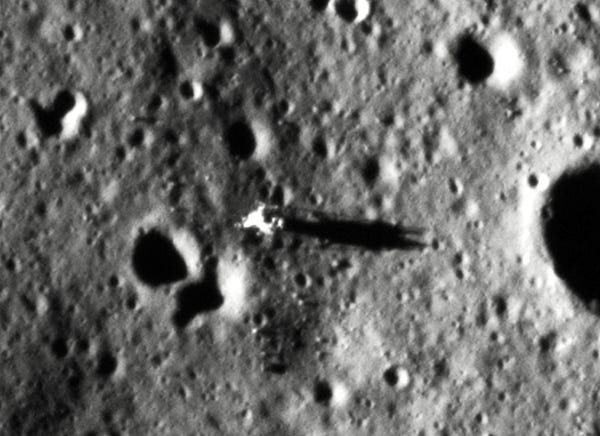India celebrates February 28 as National Science Day. This year the Government of India is celebrating it as a week, Vigyan Sarvatra Pujyate, between February 22 to 28. The website for the programme has 75 videos, 75 radio programmes and 75 books. These are worth checking out. The recurring 75 stems from the celebrations surrounding the 75th anniversary of India’s freedom.
Hence, this week’s edition is science themed.
I watched the web series, Rocket Boys (2022). One of the primary take-away for me from the series was the primacy of Science. The series follows the story of Dr. Homi J Bhaba and Vikram Sarabhai from scientists to administrators of government departments.
They are driven to this to apply science in the service of nation building. Bhaba says this to Sarabhai, in the series. He asks how long he would be stuck with Science and not move towards its application to the development of the nation.
The Physical Research Laboratory (PRL) was called the cradle of Indian Space Programme. I do not think this is true any longer. The focus has moved towards the application (the engineering) part of things. Focus is now on development of launch vehicles, satellites, data products etc.
We ooh and aah at images of planets, stars, galaxies, exoplanets (planets from outside of our solar system), etc from NASA, ESA etc. But, when it comes to building our own capability to do something similar, it is not funded.
The distance between space scientific research and space technology is widening. They need to be talking to each other.
I had written in an earlier edition of this newsletter that the space between science missions was a decade. Chandrayaan 1 was launched in 2008 while Chandrayaan 2 was launched in 2019. While Chandrayaan 3 is expected to be launched in 2022.
This is because we are looking to mature the technologies we are developing. As the difference between these technologies reduce, the more frequent the launches happen.
If you are a space enthusiast in the last century, then it is most likely that you began being a member of the Science or Astronomy club. This is changing. You are now exposed to space technologies at the same time as you are exposed to Science or Astronomy. Hence, you lose that connection between the Science and Technology. You are driven to learn aerospace engineering to build rockets and satellites. They become the end and not the means to explore the Moon, Mars or the stars.
ISRO updates
Chandrayaan-2 detected solar proton events due to high intensity solar flares in January 2022.
Bhoonidhi - Upagrah Orbit Viewer - helps you to see an Indian Earth Observation satellite’s ground track and the area of the Earth the satellite can image.
Other interesting links:
Open to foreign firms setting up space infrastructure in India: ISRO officer.
Punjab & Haryana’s 2009 policy to save water worsened air pollution, says ISRO study.
DoT’s modified orders prompts Reliance Jio to shift out of GMRT’s protected bandwidth.
India gets proposals worth ₹1.5 lakh crore for semiconductor, display fabs. Contains updates related to the Semi Conductor Laboratory, Chandigarh.
Presentations from India at the Science and Technology Subcomittee, UN-COPUOS.
[Debate] ISRO will slow down instead of ramping up its missions in the coming years
Tweets
























My writings on space:


